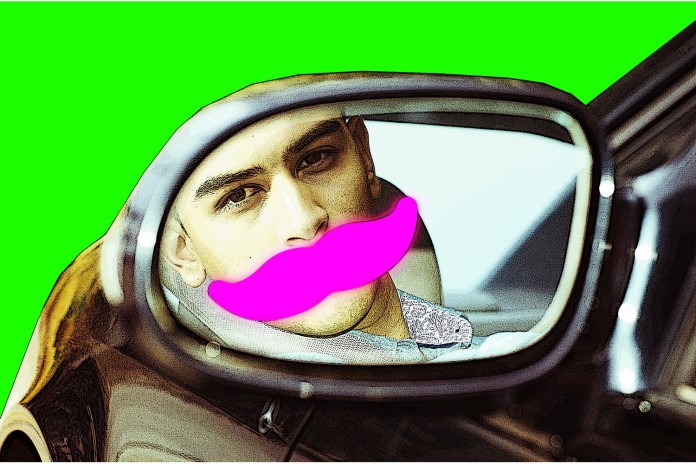
Technology giants and car makers from around the world are developing driverless cars, from Google to Tesla to Volkswagen. Lyft and Uber are also getting involved. General Motors just recently announced that they were investing $500 million in Lyft to make a fleet of self-driving cars for the service to use.

We Now Have the Answer to Drunk Driving
The US Transportation Secretary Anthony Foxx proposed to invest $4 billion in pilot research on semi-autonomous and autonomous cars over the next ten years. However, investments aren’t the only obstacle that this technology is facing.
Changing the way people drive their cars can drastically change the way that people behave on the roads. Driverless cars would eliminate the need for people to change lanes needlessly and discourage reckless behavior on heavy traffic hours. Traffic would change entirely, and delays on the roads will be decimated. Not only that, but people will be less inclined to be reckless and can focus on other productive tasks, and those with disabilities will have a much easier (and cheaper) way to get around.
The Problem With Driverless Cars
Drunk driving would drop dramatically if the technology is developed. Last year, the NHTSA reported more than 32,000 deaths in car accidents, of which 94% were caused by reckless behavior or impairment. But, simply put, people are control freaks.
Not having full control of our cars is something that can be hard to grasp. Leaving it all to a machine might be safer, but it’s also unsettling in its own way. Just recently, a Nissan Leaf car was involved in a car crash while in autonomous mode. The driver even attempted to take control of the car, but it was too late to prevent a collision. There were no injuries and the cars suffered minor damage. There is also room for error with driverless cars, and people aren’t too comfortable with the idea.
What Would Happen if Google and Lyft Came Together
If all tech giants joined hands with car makers and cab-hailing companies, we could eliminate the room for error, or, at least, make it a lot smaller. With research and a lot of testing, we could achieve great things. Meanwhile, people have the time to reconsider the drawbacks of driverless cars, because the advantages outweigh them by a huge margin.

















